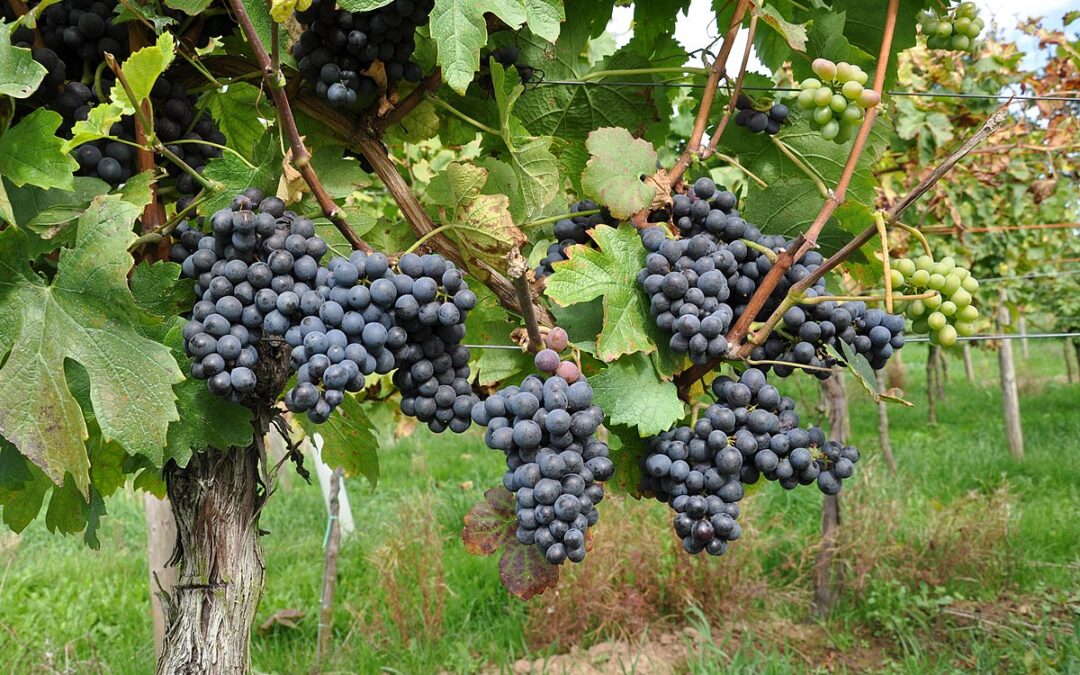
by Ross Kingsley | Mar 23, 2025 | DECODING GRAPES: FROM VINES TO VINTAGE
Pinotage is a unique and proudly South African grape variety. This hybrid grape, a cross between Pinot Noir and Cinsault (known locally as Hermitage), was created in 1925 by Abraham Izak Perold, a professor of viticulture at Stellenbosch University. Pinotage was intended to combine the best qualities of its parent grapes: the elegance of Pinot Noir and the resilience of Cinsault. The result is a versatile grape that produces a range of wine styles, from bold reds to fresh rosés.
History and Evolution
Pinotage’s journey to prominence was not without challenges. In its early years, the grape was often overlooked in favor of more familiar varieties like Cabernet Sauvignon and Shiraz. However, South African winemakers began to embrace Pinotage’s potential in the mid-20th century, crafting wines that showcased its unique character. Today, Pinotage is celebrated as South Africa’s signature grape, a symbol of the country’s winemaking ingenuity and innovation.
The Character of Pinotage Wines
Wines made from Pinotage are rich, full-bodied reds with notes of dark fruits such as plum and blackberry, complemented by hints of coffee, chocolate, and smoke. Some winemakers experiment with aging Pinotage in oak barrels, which can add layers of complexity to the wine. On the lighter side, Pinotage is also used to produce approachable, fruit-forward wines and even sparkling rosés.
Geographical Reach
Pinotage is predominantly grown in South Africa, where it thrives in the warm, sunny climate and diverse terroirs of the Western Cape. Stellenbosch, Paarl, and Swartland are key regions for Pinotage production. While its global footprint remains relatively small, Pinotage has found a niche in other wine-producing countries such as New Zealand, the United States, and Israel, where adventurous vintners experiment with the grape.
Image Credit: https://www.wikidata.org
_ _ _
© CHURRASCO PHUKET STEAKHOUSE / ALL RIGHTS RESERVED
Reprinting, reposting & sharing allowed, in exchange for a backlink and credits
Churrasco Phuket Steakhouse serves affordable Wagyu and Black Angus steaks and burgers. We are open daily from 12noon to 11pm at Jungceylon Shopping Center in Patong / Phuket.
We are family-friendly and offer free parking and Wi-Fi for guests. See our menus, reserve your table, find our location, and check all reviews here:
https://ChurrascoPhuket.com/
#Churrascophuket #jungceylon #phuketsteakhouse #affordablewagyu #wagyu
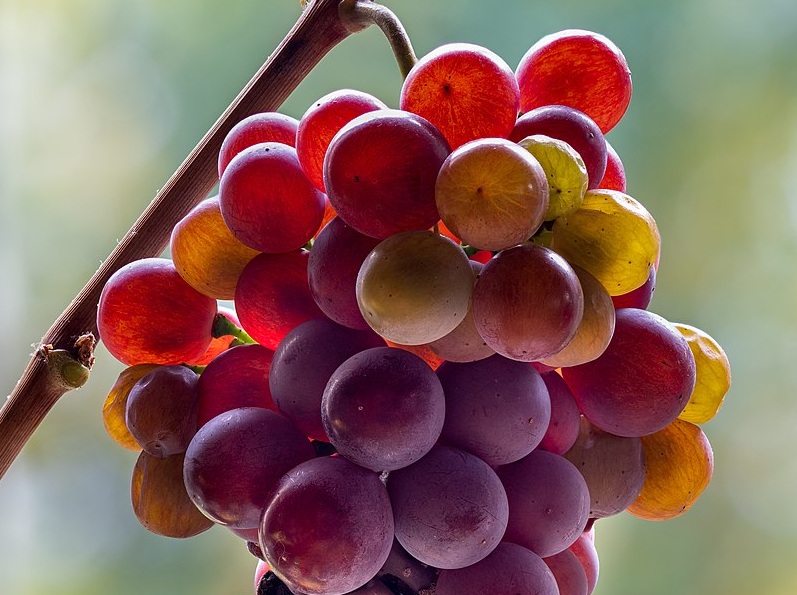
by Ross Kingsley | Mar 16, 2025 | DECODING GRAPES: FROM VINES TO VINTAGE
Pinot Gris, known as Pinot Grigio in Italy, is a white grape variety celebrated for its versatility and global appeal. With origins rooted in the Burgundy region of France, Pinot Gris is a mutation of the Pinot Noir grape and has become a cornerstone for producing distinctive white wines across the world. Its ability to thrive in diverse climates and soils has cemented its place among the most beloved white grape varieties.
Origins and History
Pinot Gris traces its lineage back to France, where it was initially cultivated in Burgundy. Its name derives from the French words “pin” (pine) and “gris” (gray), referencing the grape’s pinecone-shaped clusters and grayish-blue skins. From Burgundy, the grape migrated to Alsace, where it flourished and gained prominence for producing aromatic and full-bodied wines.
Historically, Pinot Gris also made its way to Switzerland and northern Italy. By the 19th century, it became known as Pinot Grigio in Italy, evolving into a lighter, crisper style compared to its Alsatian counterpart. Its adaptability allowed it to spread further, with major plantings now found in Germany, New Zealand, Australia, and the United States.
Famous Wines Using Pinot Gris
In Alsace, Pinot Gris is a star player in both dry and sweet wines, often showcasing rich flavors of stone fruits, honey, and spice. It is also a key grape in Vendanges Tardives and Sélection de Grains Nobles, two celebrated styles of sweet wine.
In Italy, Pinot Grigio is synonymous with light, refreshing wines that exude notes of green apple, pear, and citrus. This style has become wildly popular globally, often associated with easy-drinking, approachable white wines.
In the New World, winemakers in Oregon have adopted Pinot Gris with great success, crafting wines that balance the vibrant acidity of Italian Pinot Grigio with the fuller texture of Alsatian versions. Similarly, New Zealand produces aromatic expressions with tropical fruit and floral nuances.
Geographical Reach
Pinot Gris thrives in a range of climates, from the cooler regions of Alsace and Oregon to the sun-soaked vineyards of northern Italy. Germany produces Grauburgunder, its local rendition of Pinot Gris, while Australia and New Zealand have embraced it as a rising star in their portfolios.
Its global reach and ability to reflect the terroir make Pinot Gris a fascinating grape for wine enthusiasts to explore. Whether you’re seeking a crisp aperitif or a robust white to pair with hearty dishes, Pinot Gris offers something for everyone.
Image Credit: https://wikipedia.org
_ _ _
© CHURRASCO PHUKET STEAKHOUSE / ALL RIGHTS RESERVED
>>> Reprinting, reposting & sharing allowed, in exchange for a backlink and credits <<<
Churrasco Phuket Steakhouse serves affordable Wagyu and Black Angus steaks and burgers. We are open daily from 12noon to 11pm at Jungceylon Shopping Center in Patong / Phuket.
We are family-friendly and offer free parking and Wi-Fi for guests. See our menus, reserve your table, find our location, and check all reviews here:
https://ChurrascoPhuket.com/
#Churrascophuket #jungceylon #phuketsteakhouse #affordablewagyu #wagyu
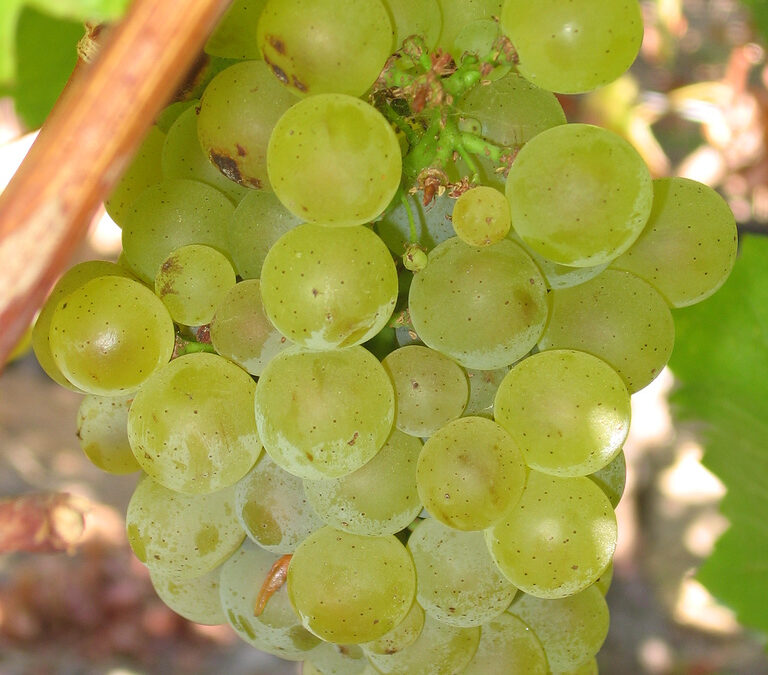
by Ross Kingsley | Mar 9, 2025 | DECODING GRAPES: FROM VINES TO VINTAGE
Sauvignon Blanc, one of the most distinctive and widely planted white grape varieties, boasts a rich history and remarkable versatility. Renowned for its crisp and aromatic qualities, this grape has become a favorite among wine enthusiasts around the globe.
Origins and History
Sauvignon Blanc originates from the Bordeaux region of France, where it was historically blended with Sémillon to produce iconic dessert wines like Sauternes. Its name is derived from the French words “sauvage” (wild) and “blanc” (white), reflecting its early presence as a wild vine. Genetic studies have also revealed that Sauvignon Blanc is a parent to Cabernet Sauvignon, when crossed with Cabernet Franc.
The grape gained widespread recognition in the Loire Valley, where it flourishes in appellations like Sancerre and Pouilly-Fumé. These regions are celebrated for their pure expressions of Sauvignon Blanc, showcasing bright acidity, minerality, and notes of citrus and green apple.
Famous Wines and Styles
Sauvignon Blanc produces an array of wine styles, each reflecting the terroir and winemaking techniques. In the Loire Valley, it’s known for elegant and zesty wines, often with flinty, smoky undertones. Meanwhile, in Bordeaux, it’s frequently blended with Sémillon to create balanced and complex dry whites.
New Zealand has also made a significant mark on the Sauvignon Blanc world stage, particularly in Marlborough. These wines are vibrant and intensely aromatic, bursting with tropical fruit flavors, passionfruit, and herbaceous notes. The success of Marlborough Sauvignon Blanc has catapulted the grape to international fame, making it synonymous with bright, bold expressions.
In California, winemakers often experiment with oak-aged versions, producing what is known as Fumé Blanc. This style emphasizes texture and complexity, adding depth to the grape’s naturally vivid profile.
Geographical Reach
While its roots lie in France, Sauvignon Blanc has spread to nearly every wine-producing region in the world. New Zealand and France remain its most renowned producers, but the grape thrives in diverse climates, from Chile and South Africa to Australia and the United States. Its adaptability allows it to express a wide range of flavors, depending on the growing conditions and winemaking approaches.
Conclusion
Sauvignon Blanc’s ability to balance vibrant acidity with bold flavors has earned it a global following. Whether you’re sipping a crisp Sancerre, a tropical Marlborough wine, or an oaky California Fumé Blanc, this grape offers an endless journey of discovery for wine lovers. It’s a true testament to the diversity and creativity in the world of winemaking.
Image Credit: Wikipedia.org
_ _ _
© CHURRASCO PHUKET STEAKHOUSE / ALL RIGHTS RESERVED
>>> Reprinting, reposting & sharing allowed, in exchange for a backlink and credits <<<
Churrasco Phuket Steakhouse serves affordable Wagyu and Black Angus steaks and burgers. We are open daily from 12noon to 11pm at Jungceylon Shopping Center in Patong / Phuket.
We are family-friendly and offer free parking and Wi-Fi for guests. See our menus, reserve your table, find our location, and check all reviews here:
https://ChurrascoPhuket.com/
#Churrascophuket #jungceylon #phuketsteakhouse #affordablewagyu #wagyu
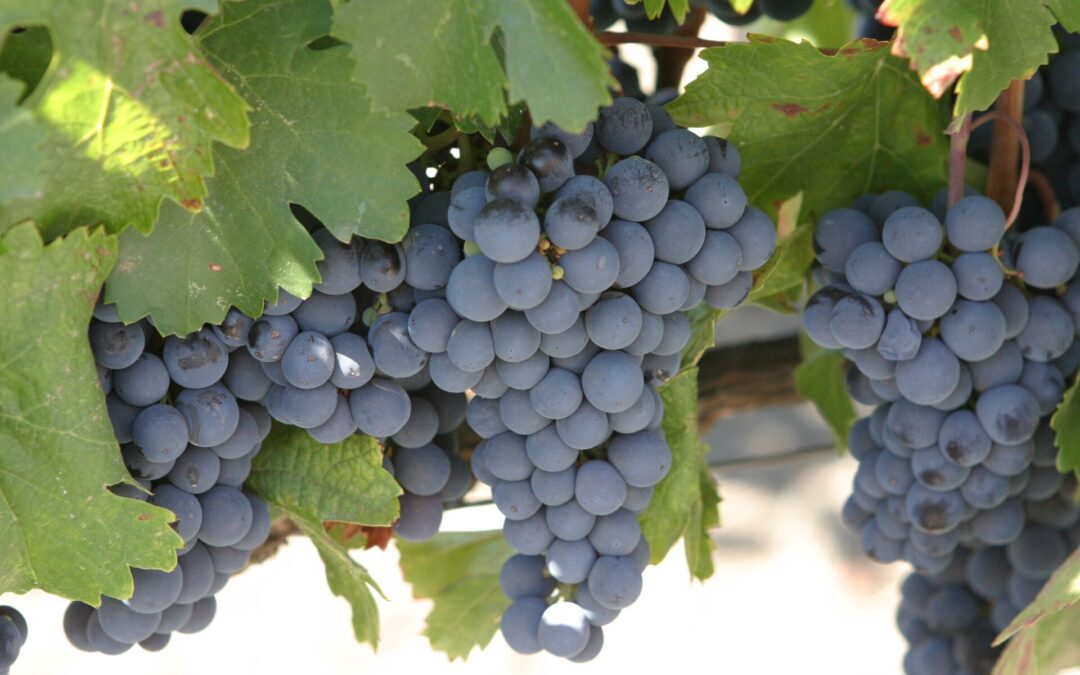
by Ross Kingsley | Feb 16, 2025 | DECODING GRAPES: FROM VINES TO VINTAGE
Malbec, a grape variety synonymous with bold flavors and vibrant color, has a story as rich as the wines it produces. Known for its dark fruit notes and smooth tannins, Malbec has grown from a French classic to a global star, captivating wine lovers around the world.
Origins and History
Malbec’s roots trace back to France, specifically the Cahors region in the southwest. Historically, it was one of the “six grapes” permitted in Bordeaux blends, prized for adding depth and color. However, Malbec’s susceptibility to rot and frost, coupled with a devastating frost in 1956, led to its decline in Bordeaux.
In the mid-19th century, Malbec found new life across the Atlantic. French agronomist Michel Pouget introduced the grape to Argentina in 1853. The grape’s adaptability to the high-altitude vineyards and dry climate of regions like Mendoza allowed it to flourish. Over time, Malbec became Argentina’s flagship variety, with the country now producing over 75% of the world’s Malbec.
Famous Wines Using Malbec
Malbec shines as both a single-varietal wine and a blending grape. In Argentina, the grape is often bottled on its own, showcasing intense flavors of blackberry, plum, and violet, with a touch of spice and chocolate. Some of the most renowned producers include Catena Zapata, Achaval Ferrer, and Zuccardi, known for crafting premium Malbecs that reflect the unique terroirs of Mendoza and beyond.
In France, Malbec is the cornerstone of the wines of Cahors, where it’s often blended with Merlot or Tannat. These wines, nicknamed “black wines” for their deep, inky color, exhibit earthy, savory characteristics and remarkable aging potential. Elsewhere, Malbec is used in blends, particularly in the United States and Australia, adding body and color to various wine styles.
Geographical Reach
While Argentina remains the epicenter of Malbec production, the grape’s popularity has inspired plantings worldwide. In the United States, California and Washington produce noteworthy Malbecs with bright fruit and velvety textures. Chile and South Africa have also embraced the grape, producing wines with distinct regional expressions. Even countries like New Zealand and Italy are experimenting with Malbec, further cementing its international appeal.
Conclusion
Malbec’s journey from the hills of Cahors to the Andes Mountains is a testament to its resilience and versatility. Whether you’re savoring an Argentine classic or exploring new interpretations from around the globe, Malbec offers a captivating experience in every glass.
Image Credit: Wikipedia.org
_ _ _
© CHURRASCO PHUKET STEAKHOUSE / ALL RIGHTS RESERVED
Reprinting, reposting & sharing allowed, in exchange for a backlink and credits.
Churrasco Phuket Steakhouse serves affordable Wagyu and Black Angus steaks and burgers. We are open daily from 12noon to 11pm at Jungceylon Shopping Center in Patong / Phuket.
We are family-friendly and offer free parking and Wi-Fi for guests. See our menus, reserve your table, find our location, and check all reviews here:
https://ChurrascoPhuket.com/
#Churrascophuket #jungceylon #phuketsteakhouse #affordablewagyu #wagyu
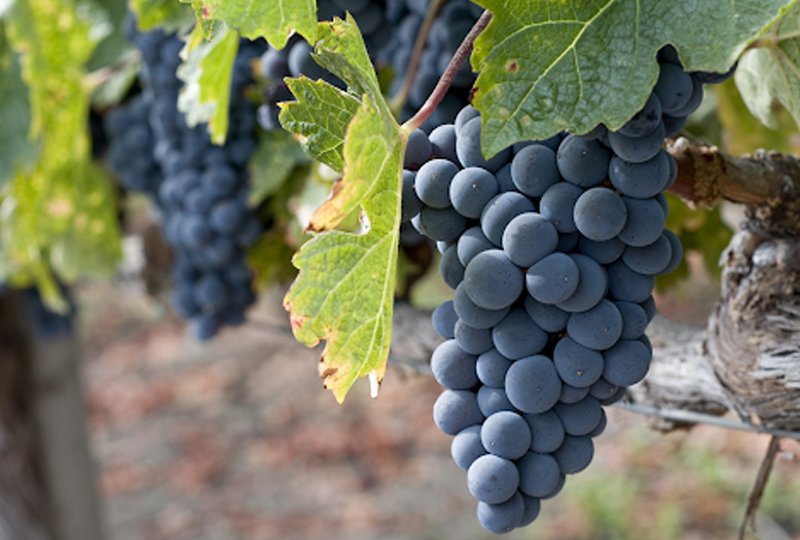
by Ross Kingsley | Feb 16, 2025 | DECODING GRAPES: FROM VINES TO VINTAGE
When exploring wine menus, you probably have come across Zinfandel and Primitivo in the past. While they may seem like separate varietals, they are, in fact, genetically identical. However, their distinct origins and winemaking styles set them apart, creating unique wine experiences.
The Shared Roots
Both Zinfandel and Primitivo originate from the Croatian grape Crljenak Kaštelanski, which made its way to Italy and California centuries ago. In Italy, it’s known as Primitivo, while in the United States, it’s called Zinfandel. Despite their shared DNA, the regional differences in climate, soil, and winemaking techniques result in wines with distinct personalities.
Zinfandel: Bold and Fruity
Zinfandel flourishes in California’s warm climate, producing wines that are robust and fruit-forward. These wines are often characterized by ripe flavours of blackberry, raspberry, and plum, with hints of spice and pepper. Depending on the winemaker, Zinfandel can range from jammy and rich to lighter and more structured. California winemakers also experiment with old-vine Zinfandels, made from decades-old vines that yield intensely concentrated fruit. These wines are loved for their boldness and versatility, pairing well with barbecue, pizza, and hearty dishes.
Primitivo: Rustic and Earthy
Primitivo, grown in Italy’s Puglia region, reflects its Mediterranean heritage. These wines tend to be earthier and more rustic, with flavours of dark cherry, dried fruit, and a touch of spice. Primitivo often has a slightly higher acidity and tannin structure, giving it a more refined, Old World elegance. Italian winemakers prioritize balance and tradition, making Primitivo an excellent companion to pasta dishes, grilled meats, and robust cheeses.
Choosing Between Them
Whether you prefer the bold, fruit-driven profile of Zinfandel or the rustic, earthy character of Primitivo, both offer a delightful expression of the same grape. Discovering their differences is a journey every wine lover should take.
Image Credit: https://www.divvino.com.br/
_ _ _
© CHURRASCO PHUKET STEAKHOUSE / ALL RIGHTS RESERVED
Reprinting, reposting & sharing allowed, in exchange for a backlink and credits
Churrasco Phuket Steakhouse serves affordable Wagyu and Black Angus steaks and burgers. We are open daily from 12noon to 11pm at Jungceylon Shopping Center in Patong / Phuket.
We are family-friendly and offer free parking and Wi-Fi for guests. See our menus, reserve your table, find our location, and check all guest reviews here:
Home
#Churrascophuket #jungceylon #phuketsteakhouse #affordablewagyu #wagyu
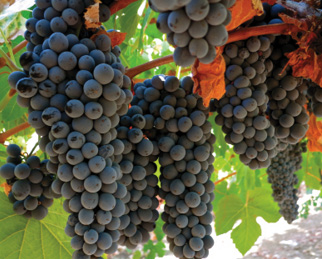
by Ross Kingsley | Jan 14, 2025 | DECODING GRAPES: FROM VINES TO VINTAGE
This grape is heralded as Portugal’s flagship variety, with a rich history and an enduring reputation for producing some of the country’s most iconic wines. Touriga Nacional is a name that resonates within the world of wine, particularly for those who appreciate the depth and complexity of Portuguese viticulture.
Origins and History
Touriga Nacional’s roots lie firmly in the soils of Portugal, where it has been cultivated for centuries. While its exact origins are somewhat shrouded in mystery, the grape is most closely associated with the Dão and Douro wine regions. It was historically used as a blending grape in Port production, prized for its intense flavors and tannic structure. Over time, it has also gained recognition as a stand-alone varietal capable of producing exceptional still wines.
In the mid-20th century, Touriga Nacional faced a decline in plantings due to its low yields, which made it less attractive to growers. However, modern viticultural practices and a renewed focus on quality over quantity have sparked a resurgence, solidifying its status as a cornerstone of Portuguese winemaking.
Famous Wines
Touriga Nacional is a key player in the production of Port, lending richness, depth, and age-worthy structure to this fortified wine. Beyond Port, it has become a star in dry red wines from the Douro and Dão regions. These wines often showcase bold flavors of blackberry, blueberry, and plum, complemented by floral notes of violet and a distinctive earthy undertone.
International acclaim has also brought attention to blends featuring Touriga Nacional. It is frequently combined with other native varieties like Touriga Franca and Tinta Roriz, resulting in complex and balanced wines that are both approachable and sophisticated.
Geographical Reach
While Portugal remains the heartland of Touriga Nacional, the grape’s reputation has led to its cultivation in other parts of the world. It has found a home in countries like Australia, South Africa, and the United States, where winemakers are experimenting with its unique qualities. Despite its global presence, the grape continues to thrive best in its native terroir, particularly in the granite and schist soils of the Douro and Dão.
Conclusion
Touriga Nacional is a testament to the rich heritage of Portuguese wine. Its bold flavors, complex aromas, and versatility make it a treasure for both winemakers and wine enthusiasts. Whether in a robust Port or a refined table wine, this grape offers a taste of Portugal’s winemaking legacy.
Image Credit: https://winemakermag.com
_ _ _
© CHURRASCO PHUKET STEAKHOUSE / ALL RIGHTS RESERVED
>>> Reprinting, reposting & sharing allowed, in exchange for a backlink and credits <<<
Churrasco Phuket Steakhouse serves affordable Wagyu and Black Angus steaks and burgers. We are open daily from 12noon to 11pm at Jungceylon Shopping Center in Patong / Phuket.
We are family-friendly and offer free parking and Wi-Fi for guests. See our menus, reserve your table, find our location, and check all reviews here:
https://ChurrascoPhuket.com/
#Churrascophuket #jungceylon #phuketsteakhouse #affordablewagyu #wagyu






